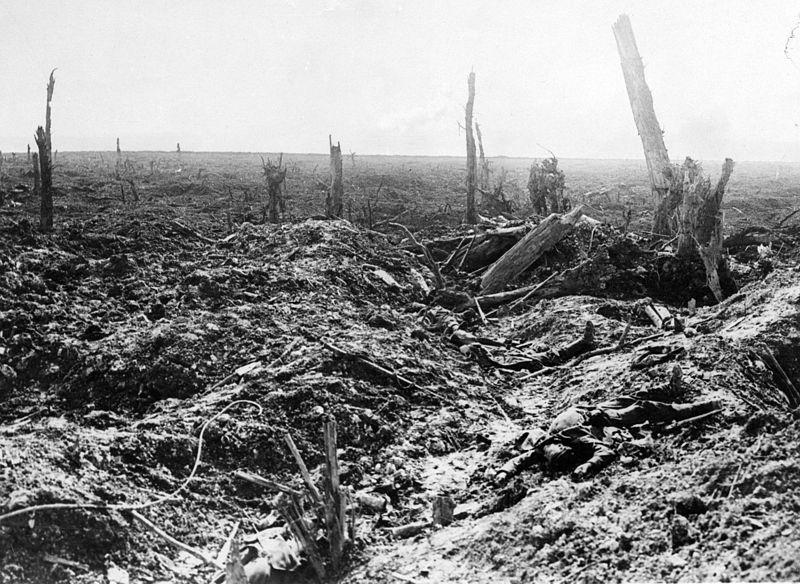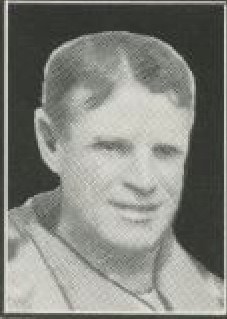In both world wars, there were men killed in action or who died in service who had a connection with Niagara-on-the-Lake but for various reasons were not commemorated on either the memorial clock tower cenotaph in Old Town or the Niagara Township war memorial in Queenston. In some cases, they lived for only a brief time in Niagara and had no family here when the monuments were built. In other instances, they had lived near McNab, not then part of NOTL or Niagara Township. While their names are not read out at the ceremonies at these monuments on Remembrance Day, they too should be remembered.
A dark cloud seems to have hovered over the Brownlee family of St. Catharines.
Tinsmith John James Brownlee married Sara Florence “Flora” Allen in 1878 and began to raise a family in St. Catharines. Their first child, Wilfred, was born there in 1877 and was followed by five more children born before 1887.
It was in that year that bad luck started to descend on the Brownlees.
Their son Thomas, born on Feb. 18, died a week after his birth. Three years later, both John and Florence became ill. Florence died on Jan. 12, 1890, leaving John to raise his young family.
However, John died on Dec. 26 of the same year, leaving his five surviving children as orphans.
The Brownlee children were split up, with three of them being taken in by relatives. Two of the children, eight-year-old John James Jr. and six-year-old George Wellington were given shelter at an orphanage in St. Catharines.
Daughter Louise married John Elliott of Niagara-on-the-Lake and her brother George Wellington Brownlee moved in with them. George attended school in town and by 1901 was employed as a clerk in a local hotel.
George moved back to St. Catharines, became a telephone lineman and volunteered as a militiaman, serving part-time in the 7th Battery, Canadian Field Artillery.
The First World War had been raging for nine months when George decided to enlist for overseas service on May 5, 1915.
He was already trained in the rudiments of military drill and discipline, and was immediately sent to England for further training, arriving on May 24, 1915.
With his background as a telephone lineman, he was assigned to the Canadian 2nd Division Signal Company, joining that unit in France on Nov. 12, 1915.
During the First World War armies relied heavily on telephones to convey intelligence of enemy activities, to pass along orders and to apprise headquarters of events at the front.
The telephone lines needed continuous patching and repairs as connections were frequently broken by artillery fire.
Men like George Brownlee were sent out to lay new cable, and find and repair the breaks, often under heavy enemy artillery and machine-gun fire.
On June 29, 1916, Sapper (Private) Brownlee was sent to the 27th Battalion. At that point the regiment was fighting in the Ypres Salient in Belgium.
For the next two months Brownlee worked under dangerous conditions to keep the lines of communication functioning.
In early September, the 27th Battalion was shifted from the Ypres Salient to the Somme. The bloody Battle of the Somme was a major operation that aimed to break through German lines.
In this battle, newly developed tanks were used for the first time in combat. For the first time, the “creeping barrage” would be used by artillery, laying carpets of exploding shells in advance of the infantrymen crossing “no man’s land.”
The very nature of this barrage meant that keeping phone lines functional was essential to the effective use of artillery and the prevention of “friendly fire” incidents.
The men of the 27th Battalion went over the top on Sept. 15, 1916, one phase of the larger Battle of the Somme. The Canadians achieved their goal, capturing a strategic position near the ruins of the French village of Courcelette.
George Brownlee went across no-man’s land with the men of the 27th Battalion and that is where he was killed.
With the confusion of the battlefield, the ear-splitting blast of artillery, the rumble of the tanks, machine-gun and rifle fire, airplanes swooping overhead, and visibility reduced through dust and smoke, Brownlee’s fate went unreported.
Roll call revealed he was missing. His body was never recovered.
No survivors of the Battle of Courcelette had seen Brownlee fall. Initially he was reported as “missing” but finally listed in army records as “previously reported missing, now for official purposes presumed to have died on or since Sept. 15 near Courcelette.”
As one of the many Canadian dead whose final resting spot is “known only to God,” George Wellington Brownlee, once a resident of Niagara-on-the-Lake, is commemorated on the Vimy Memorial in France.
- On the heels of The Lake Report’s 53-part “Monuments Men” series, which exhaustively documented the story of every soldier commemorated on the town’s two cenotaphs, Ron Dale’s “Missing in Action” stories profile Niagara-on-the-Lake soldiers who died in wartime but are not listed on the town’s monuments.











